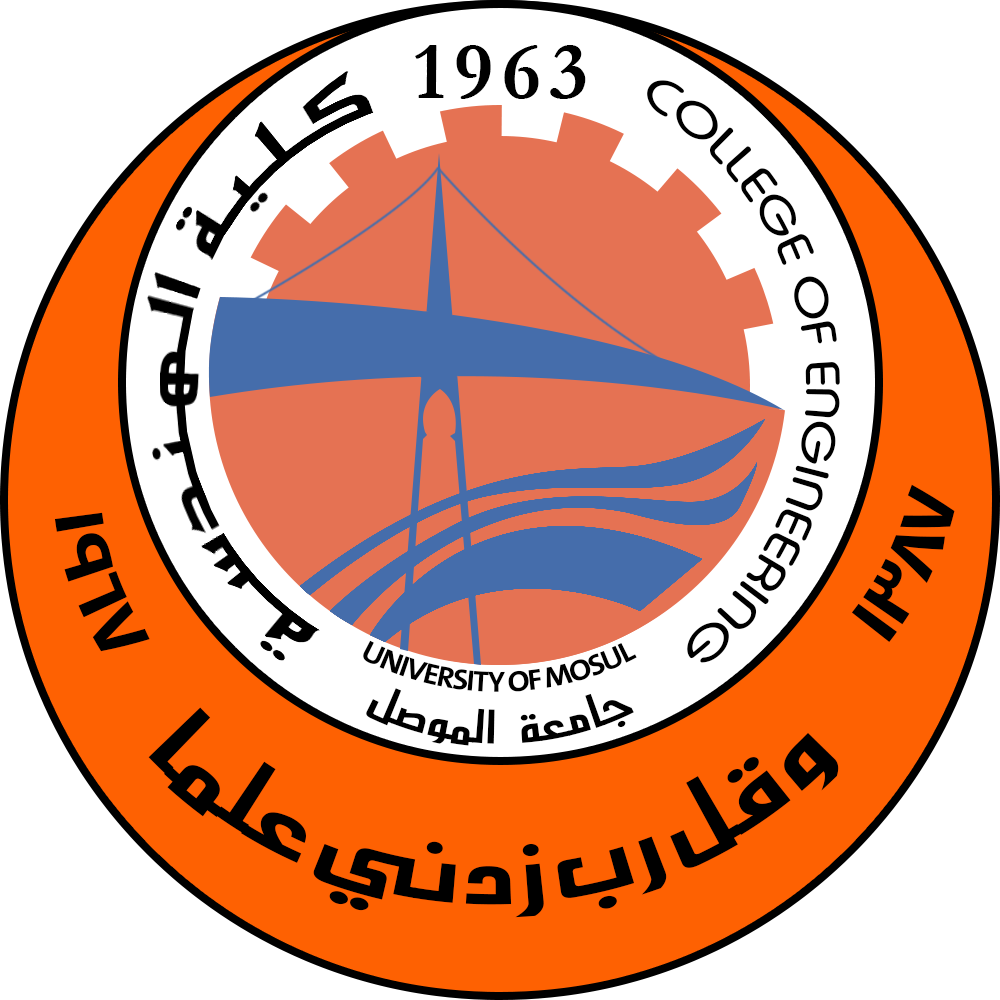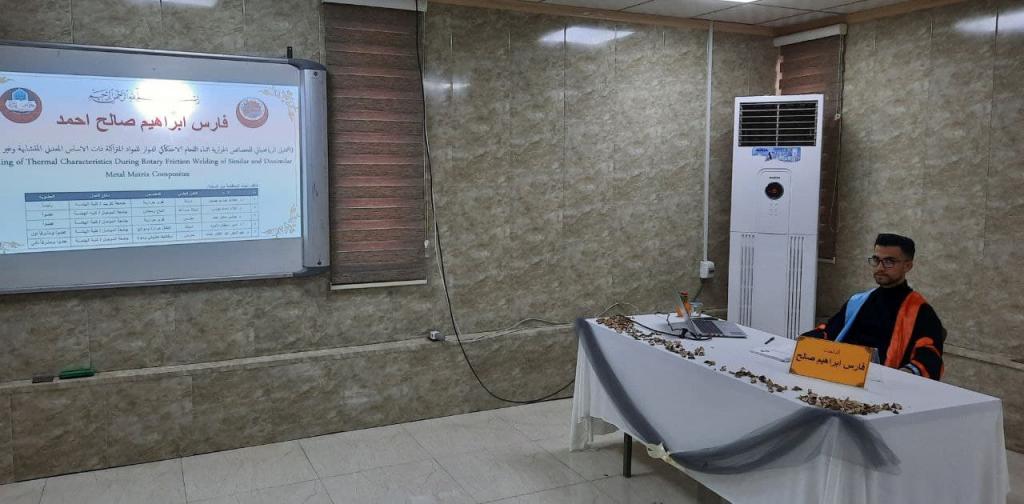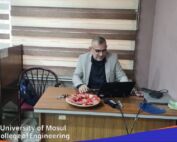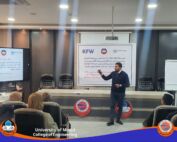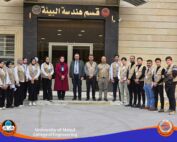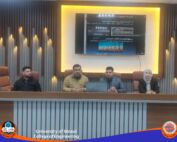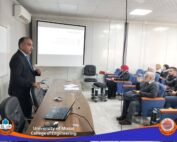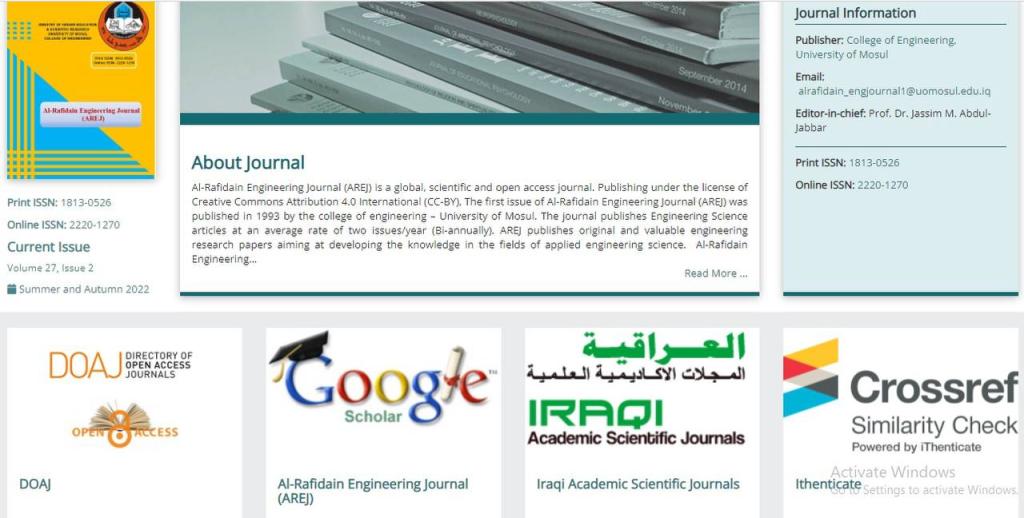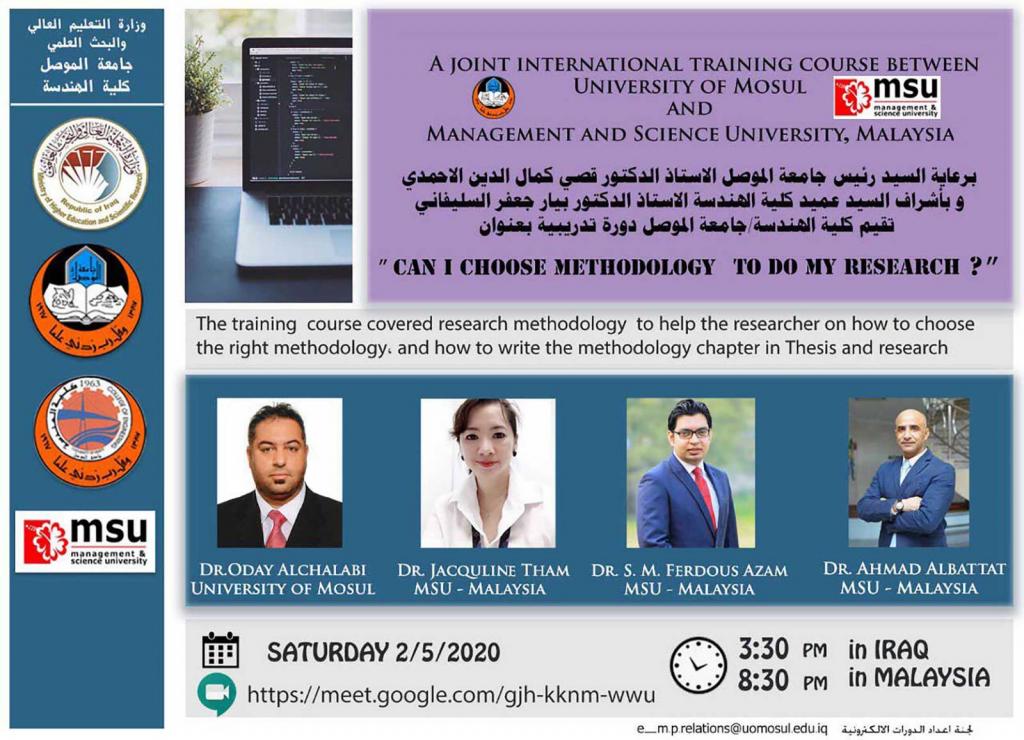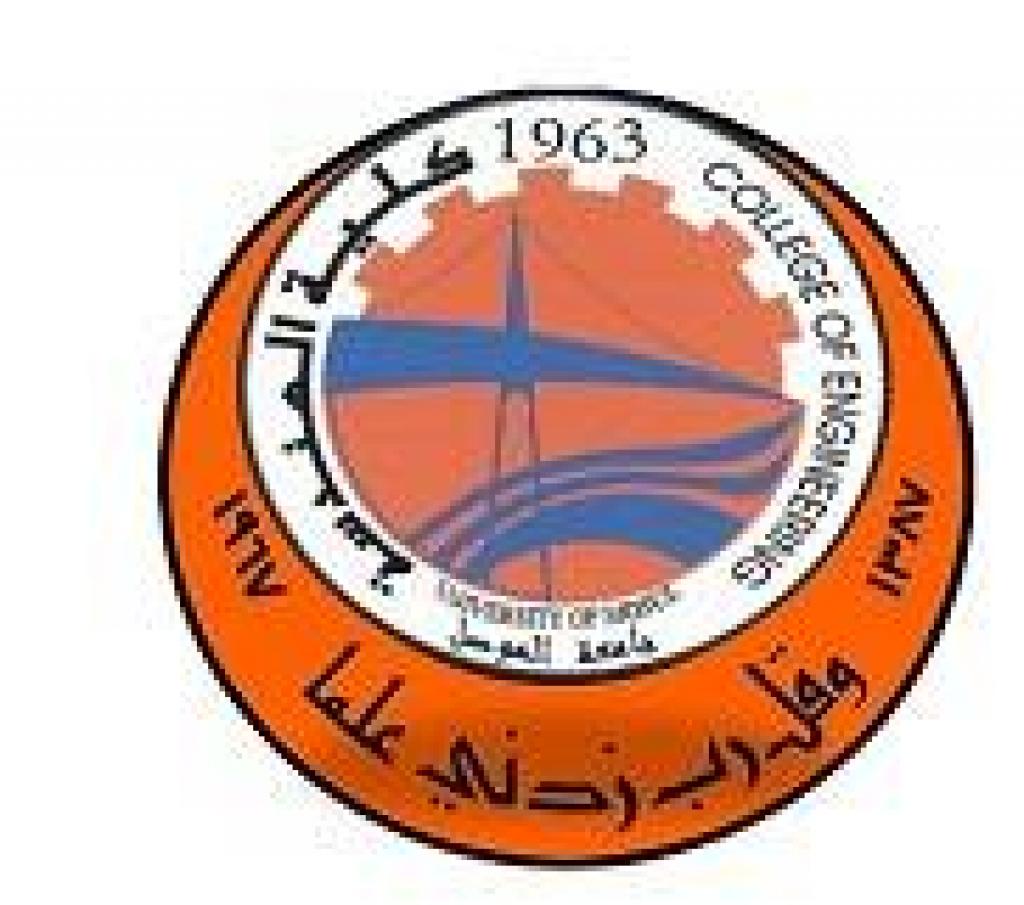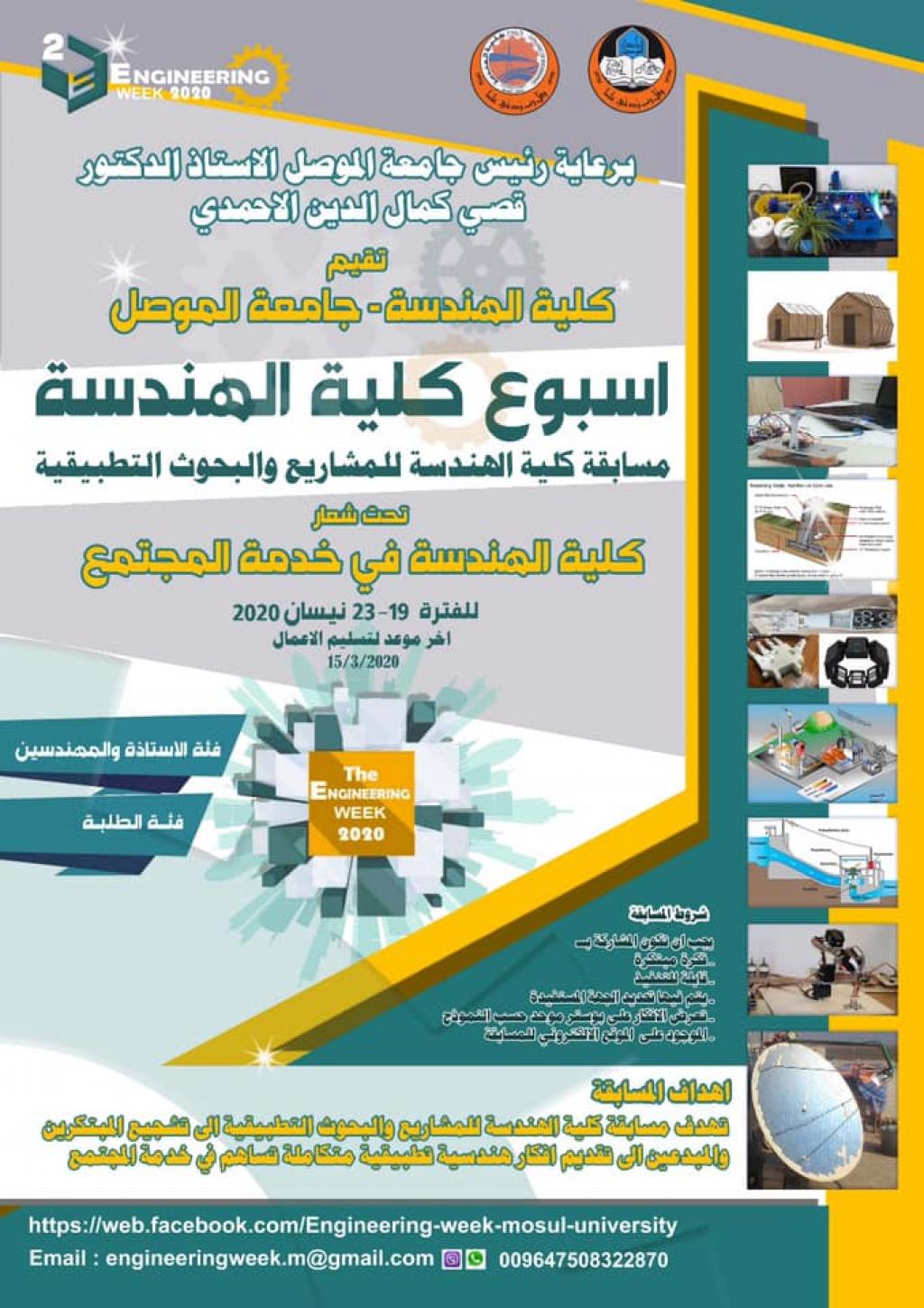4 January، 2022
Master Thesis on “Modelling of Thermal Characteristics During Rotary Friction Welding of Similar and Dissimilar Metal Matrix Composites”
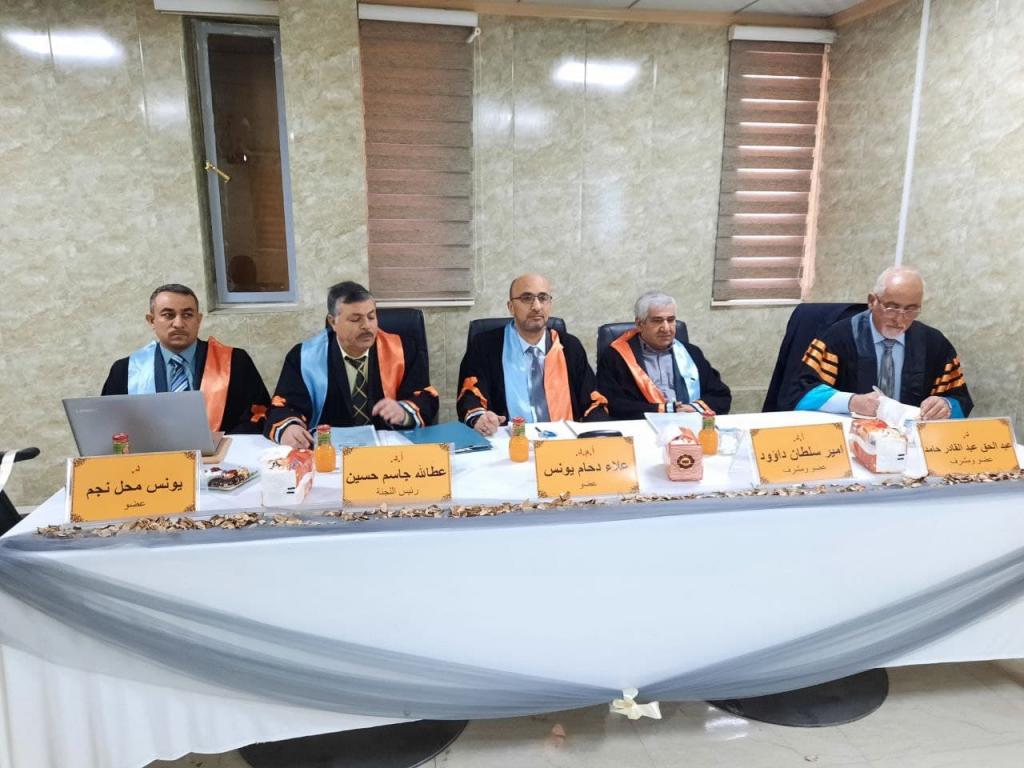
A master thesis was discussed in Department of Mechanical Engineering / College of Engineering / University of Mosul entitled “Modelling of Thermal Characteristics During Rotary Friction Welding of Similar and Dissimilar Metal Matrix Composites” submitted by postgraduate student (Faris Ibrahim Salih Ahmed)on Tuseday, Jan. 04, 2022.The thesis included a numerical modeling was presened to describe the continuous drive rotary friction welding (CDRFW) process using (ANSYS 2021R1- Coupled Field Transient). The numerical modeling was made for similar aluminum alloy (6061-T651)/aluminum alloy (6060-T651) joint, dissimilar aluminum alloy (6061-T651)/low carbon mild steel joint, and for monolithic material and composite metal matrix of Al-alloy and mild steel with reinforcement alpha silicon carbide particles (α-SiCp). A mathematical model was made to describe the heat generated in the workpiece due to the frictional force and the plastic deformation, and the heat transfer throw workpiece was described based on the Fourier law of heat conduction. The diameter for the workpieces was (10) mm, with a length of (32) mm, for each rod. The range of parameters for the similar joint were: frictional pressure (P1: 24-32 Mpa), forging pressure (P2: 34-70 Mpa), frictional time (t1: 3-7 sec), forging time (t2: 1 sec), and rotational speed (N: 1000-1600 rpm). The range for dissimilar joint were: (P1: 50-75 Mpa), (P2: 60-100 Mpa), (t1: 3-7 sec), (t2: 1 sec) and (N: 1200-1650 rpm). The weight percent (wt %) of alpha silicon carbide particles (α-SiCp) taken was (5 wt% α-SiCp, 10 wt% α-SiCp and 15 wt% α-SiCp).The results show that with increase of welding parameters, the welding temperature at the interface region and the axial shortening will increase for both similar and dissimilar joints. The contribution percentage of parameters on the maximum welding temperature at the interface were: (P1: 46.83%), (N: 38.32%), and (t1: 14.85%) for similar joint, and for the dissimilar joint were: (P1: 44.98%), (N: 40.99%) and (t1: 14.03%). For similar and dissimilar joints, frictional pressure and rotational speed has the most effect on maximum temperature at the interface, frictional time affects less while forging pressure and forging time has no effect on maximum temperature at the interface region. The contribution percentage of parameters on the axial shortening were: (P1: 31.38%), (P2: 26.2%), (N: 17.68%), (t1: 18.42%) and (t2: 6.32%) for similar joint, and for the dissimilar joint were: (P1: 34.34%), (P2: 20.36%), (N: 20.06%), (t1: 21.3%) and (t2: 3.4%). For similar and dissimilar joints the most influential parameter on axial shortening was frictional pressure then the rest of the parameters come in close proportions, with little effect of forging time. The optimum parameters to get higher welding temperature were observed as high frictional pressure and high rotational speed with a low value of frictional time, forging time, and forging pressure. The optimum parameters to get higher axial shortening were observed as high frictional pressure and high forging pressure with the medium value of rotational speed and low value of both frictional time and forging time. By increasing weight percent of (α-SiCp), the increase of welding temperature at the interface was little reaching (4.5%) for (15 %wt α-SiCp) while for dissimilar joint the temperature increase was insignificant and it reached (0.85%) for (15 %wt α-SiCp). By increasing weight percent of (α-SiCp), the axial shortening decrease by a lot for similar joint and reached (71%) for (15 %wt α-SiCp), while for dissimilar joint the decrease in axial shortening was bigger than similar joint and reached (91.1%) for (15 %wt α-SiCp). A comparison was made between the numerical results with several previous experimental studies and was close to results for the welding temperature at the interface region with error percentage between (2%) to (8.7%).
